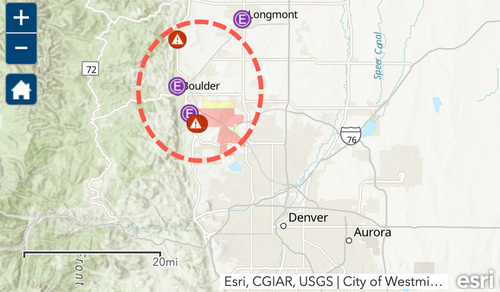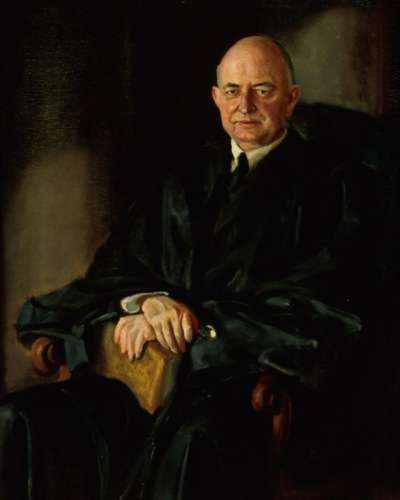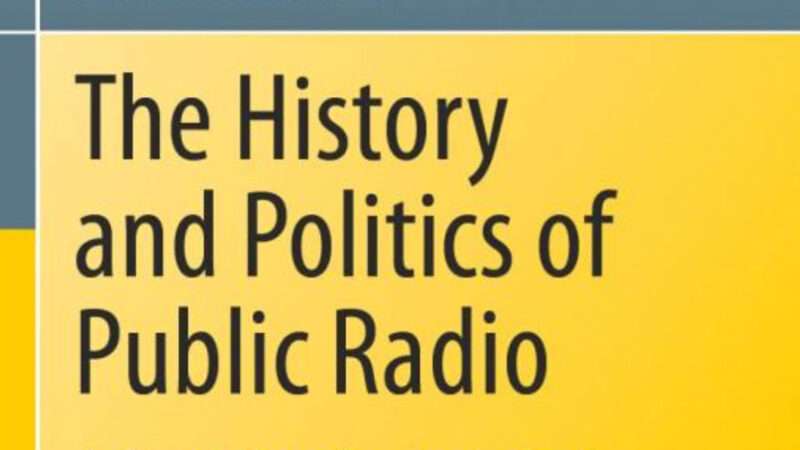
Paul Thomas Anderson’s Licorice Pizza may not be a full-on coming-of-age classic—it’s a little disjointed and maybe a little too long. But whenever the beaming Alana Haim is onscreen, or Bradley Cooper roars in to do some wild-card comedy damage, it’s a great movie.
So it’s a special kind of drag to see this amiable film being suddenly peppered with hostile fire from the direction of the sex-and-racism lobby. And it’s especially dismaying to have to admit that, at least in one aspect, the detractors‘ ire is understandable.
Naysayers can’t cancel the movie’s buoyant spirit, though. Bright-eyed Alana Haim, making her big-screen debut here, is already well-known as a member of the Los Angeles family band Haim, for which Anderson has directed a number of videos. The picture is thick with these sorts of connections. Alana’s costar is affable Cooper Hoffman, son of the late Philip Seymour Hoffman, who featured memorably in such earlier Anderson films as Boogie Nights and Magnolia. Leonardo DiCaprio’s father and a couple of Spielberg daughters are also in evidence, along with the rest of the Haim family (including Alana’s bandmate sisters Este and Danielle), and composer Jonny Greenwood, too, back again to provide Anderson with a distinctive score.
The story is set in the suburban environs of LA’s San Fernando Valley in 1973 (the golden age of the Licorice Pizza record-store chain, which gets no actual mention in the film). Haim is Alana Kane, a 25-year–old photographer’s assistant who can’t get her life together. Hoffman is Gary, a 15-year-old child actor who’s aging out of the business but is blossoming into a real-world entrepreneur. Gary is determined to win Alana over; she’s initially, strongly resistant. But the two actors have a sweet rapport; and despite the 10-year age difference between their characters, it’s hard to see how a non-addled viewer could classify Kane’s uncertain acceptance of Gary’s romantic moves as predatory, or Kane herself as a “pedophile“ (will somebody please take the trouble to look up that word?).
A bit more odd is a restaurant scene in which Kane shares a martini moment with a much older movie star named Jack Holden (played with craggy charm by Sean Penn). Kane wants Holden to give her a role in a picture, so…okay, maybe. (Anderson hasn’t written Penn’s character as a predator either.)
Two scenes in the movie are much cringier. They’re centered on a character named Jerry Frick (John Michael Higgins). Jerry has a thing for Japanese women, but has never learned to speak their language; instead, he grunts at them in English, using a vaudeville-level Japanese accent of a sort not heard since Mickey Rooney donned fake buckteeth to play a yammering Japanese neighbor in the 1961 Breakfast at Tiffany’s. It’s not hard to grasp why an activist group called the Media Action Network for Asian Americans was appalled by these scenes (little surprise: They are appalling). In an interview with The New York Times last month, Anderson discussed his decision to write and include them in the movie.
“I think it would be a mistake to tell a period film through the eyes of 2021,” the director said. “You have to be honest to that time. Not that it wouldn’t happen right now, by the way. My mother-in-law’s Japanese and my father-in-law is white, so seeing people speak English to her with a Japanese accent is something that happens all the time. I don’t think they even know they’re doing it.“
Okay…maybe?
Objections like these don’t seem to have had a lot of effect yet: Licorice Pizza opened nationwide on December 25, and now has a 92-percent score on the Rotten Tomatoes review-aggregation site. Word is getting out about Alana Haim’s star-making performance, as well as Bradley Cooper’s wonderfully daffy turn as Jon Peters—a real person, once renowned as a celebrity hairdresser, film producer, and boyfriend of Barbra Streisand. Peters reportedly okayed his portrayal as a period whack-job in this movie, and Cooper memorably makes it so. “It’s good to meet you,” Jon tells Gary. “I want you to be horrified.”
The post Review: <em>Licorice Pizza</em> appeared first on Reason.com.
from Latest – Reason.com https://ift.tt/3mGacPt
via IFTTT





